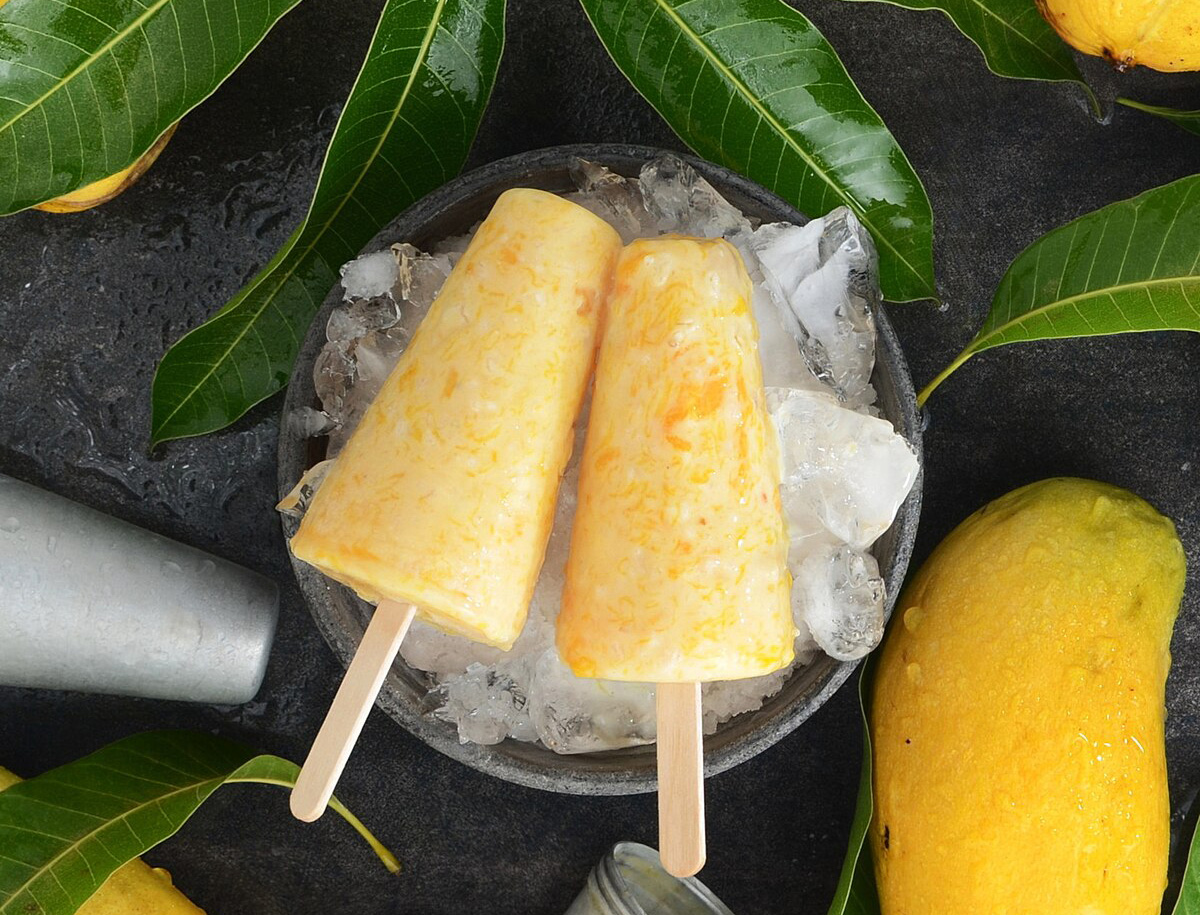As summer continues to drag on – long, drowsy days thick with warmth – few desserts offer greater relief than kulfi.
Dense, creamy, and infused with the subtle perfume of cardamom, rosewater, or pistachio, this frozen treat has soothed sweltering afternoons across the Indian subcontinent for centuries. More intense and indulgent than Western ice cream, kulfi isn’t churned or whipped – it’s slowly simmered and patiently frozen, a dessert that invites you to slow down and savour.
The history of kulfi stretches back to the Mughal Empire, which ruled much of South Asia from the 16th to the 19th century. At that time, ice was transported from the Himalayas to the imperial kitchens, where skilled chefs created luxurious frozen desserts flavoured with saffron, nuts, and rose.
The technique was simple but effective – sweetened, reduced milk was poured into metal moulds and set in earthen pots packed with ice and salt. The result was rich, aromatic and intensely satisfying – and the kulfi was born.
Unlike ice cream, kulfi contains no egg or cream. Its base is full-fat milk that has been gently boiled and stirred for hours until it reduces by half, concentrating its flavour and sweetness. Sugar is added, along with traditional flavourings such as ground cardamom, chopped pistachios, almonds, or even mango purée. Once cooled, the thickened milk mixture is poured into conical moulds and frozen – often on sticks, sometimes in bowls and occasionally in long rolls sliced into rounds for serving.
Its texture is dense and almost chewy – not fluffy or aerated like ice cream – and its flavour is more intense, with each spoonful melting slowly on the tongue. There are regional variations across India and Pakistan: malai kulfi is made with clotted cream, falooda kulfi is served with vermicelli and syrup, and modern takes include flavours such as chocolate or even chilli. But the classics remain best loved – pistachio, rose, cardamom and mango.
Traditionally sold by street vendors in small carts with metal coolers, kulfi has long been a nostalgic favourite in South Asia – a symbol of childhood summers, of family gatherings, and of sticky fingers and sweet endings. And while its preparation can be time-consuming, the reward is a dessert that tastes deeply rooted, gently spiced, and perfectly suited to the heat.
In Cyprus, where summer lingers into September and beyond, kulfi feels surprisingly at home. With local milk, almonds and citrus zest easily available, it’s a dessert that can be adapted to Mediterranean tastes while retaining its Eastern soul. It’s also naturally egg-free and often gluten-free – a quiet bonus for modern diets.







Click here to change your cookie preferences